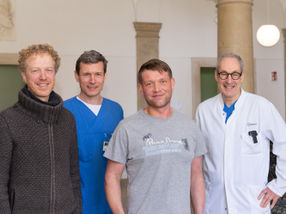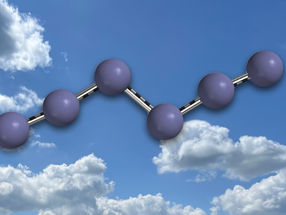Oslo study: 3D mammography in combination with 2D breast exam finds significantly more cancers than 2D breast exam alone
Hologic, Inc.announced that a new study published in Radiology, found that the addition of three dimensional mammography screening technology to a 2D breast screening exam significantly increased cancer detection while reducing the number of false positives.
The study, "Comparison of Digital Mammography Alone and Digital Mammography plus Tomosynthesis in a Population-based Screening Program," was led by Per Skaane, M.D., Ph.D. of Oslo University Hospital Ullevaal. The study was based on 12,631 screening examinations in a large hospital in Norway.
The researchers using Hologic's 3D mammography technology in combination with a 2D mammogram found a significant increase in cancer detection rates, particularly for invasive cancers, and a simultaneous decrease in false-positive rates compared with 2D mammography alone. Significant findings include:
- A 40% increase in the detection of invasive breast cancers
- A 27% increase in the detection of all cancers (invasive and in situ cancers combined)
- A 15% decrease in false-positive rates
The authors reported that the increase in cancer detection was found across all breast tissue densities, from dense to fatty. At the same time, there was no increase in the detection of ductal carcinoma in situ (DCIS), which is non-invasive and cited by critics of mammography screening as potentially being over-diagnosed.
As a result of the large increase in the detection of invasive cancers rather than in situ cancers the authors of the paper state, "Perhaps our most important observation is that with the mammography-plus-tomosynthesis arm, the actual benefit, in terms of possibly improving outcome owing to earlier detection, may be larger than merely the difference in the total count or number of detected cancers."
Other news from the department science

Get the life science industry in your inbox
By submitting this form you agree that LUMITOS AG will send you the newsletter(s) selected above by email. Your data will not be passed on to third parties. Your data will be stored and processed in accordance with our data protection regulations. LUMITOS may contact you by email for the purpose of advertising or market and opinion surveys. You can revoke your consent at any time without giving reasons to LUMITOS AG, Ernst-Augustin-Str. 2, 12489 Berlin, Germany or by e-mail at revoke@lumitos.com with effect for the future. In addition, each email contains a link to unsubscribe from the corresponding newsletter.






















































